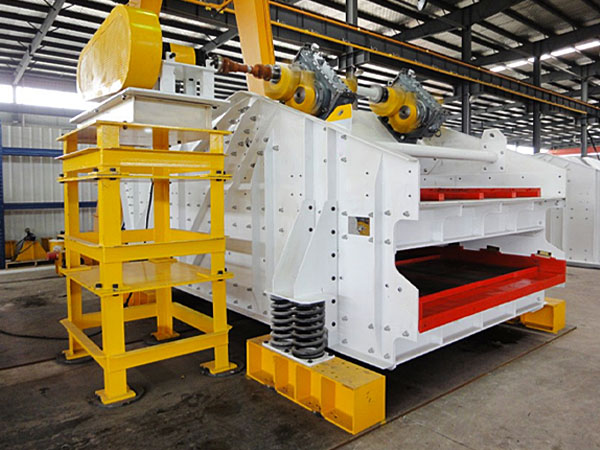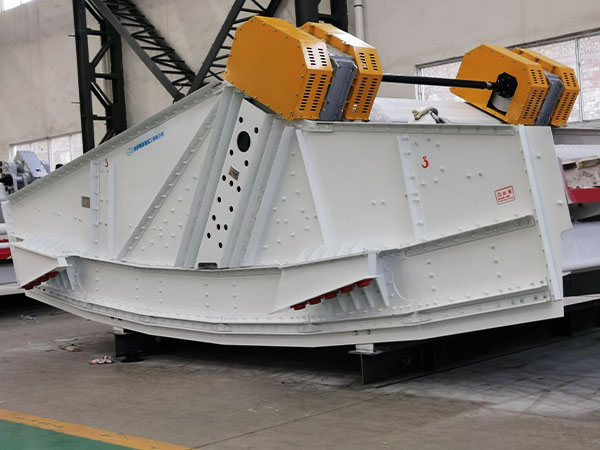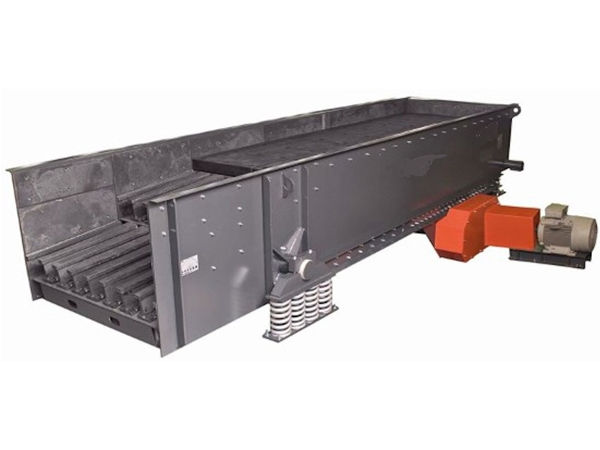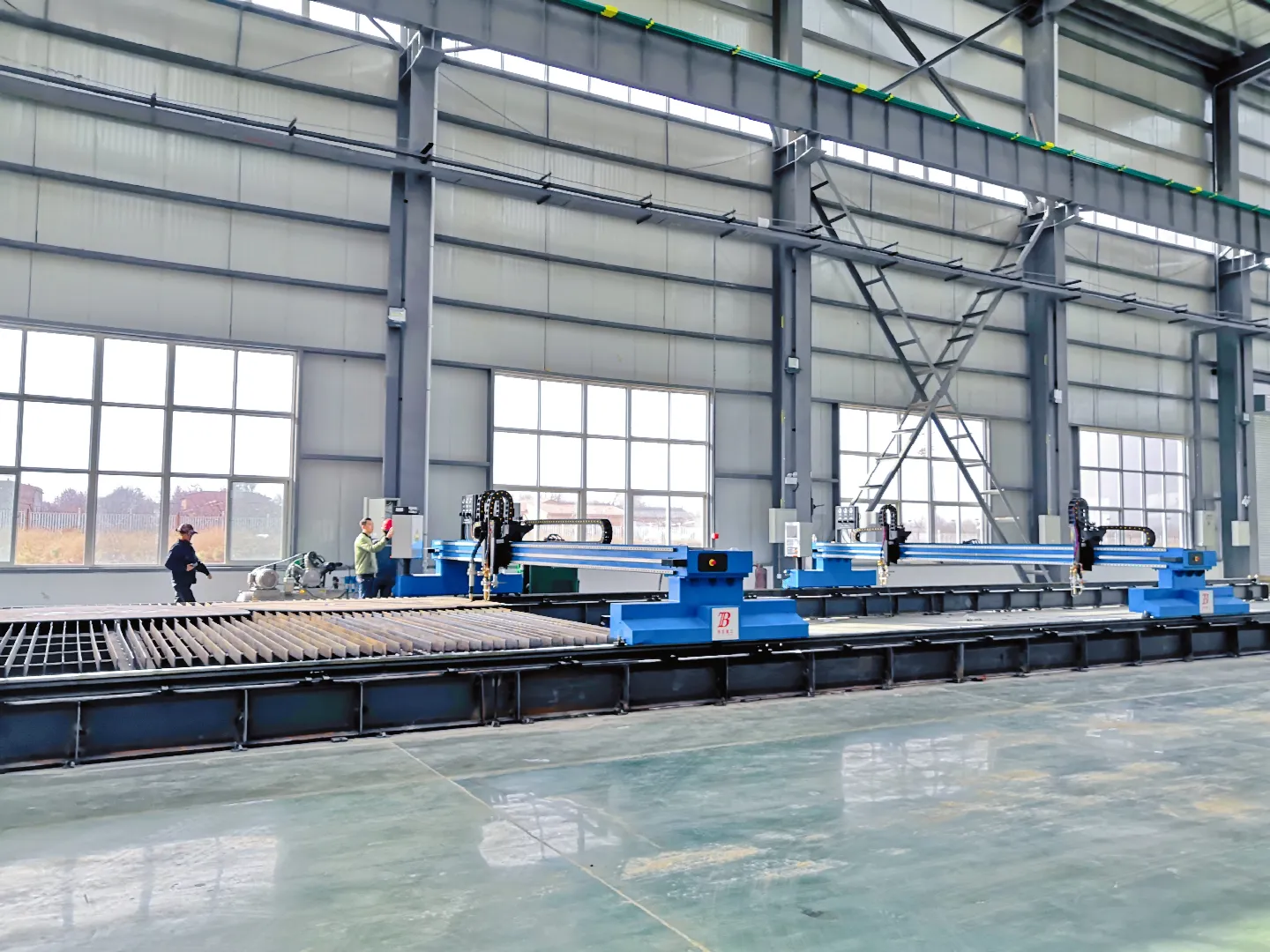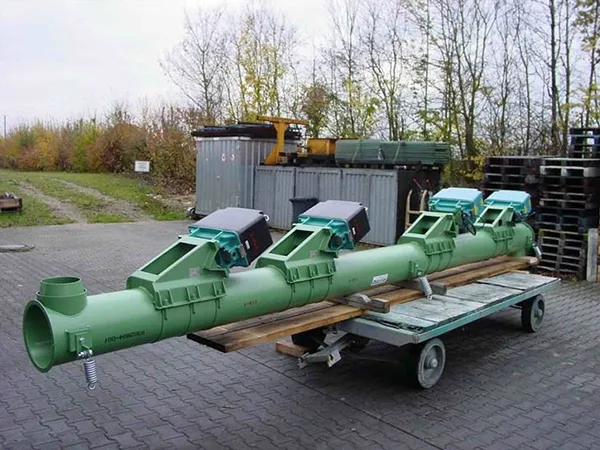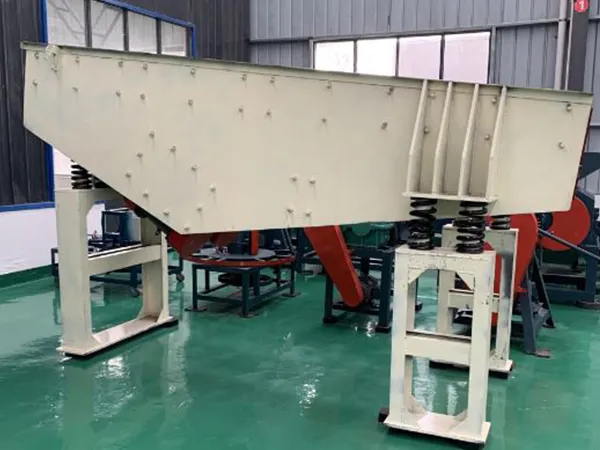https://www.ls-casting-mold.com/wp-content/uploads/2023/07/Double-banana-sieve-e1689989322808.png
400
600
lsmojv
http://www.ls-casting-mold.com/wp-content/uploads/2018/12/lslogo-300x138.png
lsmojv2024-07-25 14:51:302024-07-25 14:51:30What is the rotation direction of the dual motors of the vibrating screen?
https://www.ls-casting-mold.com/wp-content/uploads/2023/07/Single-layer-horizontal-sieve.jpg
400
600
lsmojv
http://www.ls-casting-mold.com/wp-content/uploads/2018/12/lslogo-300x138.png
lsmojv2024-07-25 14:40:452024-07-25 14:40:45What are the selection tips for vibrating screen springs?
https://www.ls-casting-mold.com/wp-content/uploads/2024/05/HSV-feeder.jpg
450
600
lsmojv
http://www.ls-casting-mold.com/wp-content/uploads/2018/12/lslogo-300x138.png
lsmojv2024-07-25 14:12:442024-07-25 14:12:44How to adjust the vibration force of vibrating feeder
https://www.ls-casting-mold.com/wp-content/uploads/2023/07/Single-layer-horizontal-sieve.jpg
400
600
lsmojv
http://www.ls-casting-mold.com/wp-content/uploads/2018/12/lslogo-300x138.png
lsmojv2024-06-29 10:28:162024-06-29 10:28:16What are the operating conditions of linear vibrating screen?
https://www.ls-casting-mold.com/wp-content/uploads/2023/10/Angular-Contact-Ball-Bearings.png
490
600
lsmojv
http://www.ls-casting-mold.com/wp-content/uploads/2018/12/lslogo-300x138.png
lsmojv2024-06-29 10:21:232024-06-29 10:21:23What are the installation methods of angular contact bearings?
https://www.ls-casting-mold.com/wp-content/uploads/2023/07/未标题-1.jpg
600
600
lsmojv
http://www.ls-casting-mold.com/wp-content/uploads/2018/12/lslogo-300x138.png
lsmojv2024-06-29 10:10:392024-06-29 10:10:39What are the components of the intelligent compact shelving control system?
https://www.ls-casting-mold.com/wp-content/uploads/2023/09/1.jpg
800
800
lsmojv
http://www.ls-casting-mold.com/wp-content/uploads/2018/12/lslogo-300x138.png
lsmojv2024-06-29 09:47:302024-06-29 09:47:30What is the structure of the rotary table bearing?
https://www.ls-casting-mold.com/wp-content/uploads/2023/02/30199440852667116.jpg
450
700
lsmojv
http://www.ls-casting-mold.com/wp-content/uploads/2018/12/lslogo-300x138.png
lsmojv2024-06-29 09:40:232024-06-29 09:40:23How to use the double-shaft mixer correctly ?
https://www.ls-casting-mold.com/wp-content/uploads/2023/11/Welding-Column-Boom.jpg
450
600
lsmojv
http://www.ls-casting-mold.com/wp-content/uploads/2018/12/lslogo-300x138.png
lsmojv2024-06-29 09:32:502024-06-29 09:32:50What is the wind tower welding process?
https://www.ls-casting-mold.com/wp-content/uploads/2024/05/46.jpg
450
600
lsmojv
http://www.ls-casting-mold.com/wp-content/uploads/2018/12/lslogo-300x138.png
lsmojv2024-06-29 09:26:012024-06-29 09:26:01What is the price of vibrating feeder and what factors affect the price?
Scroll to top
